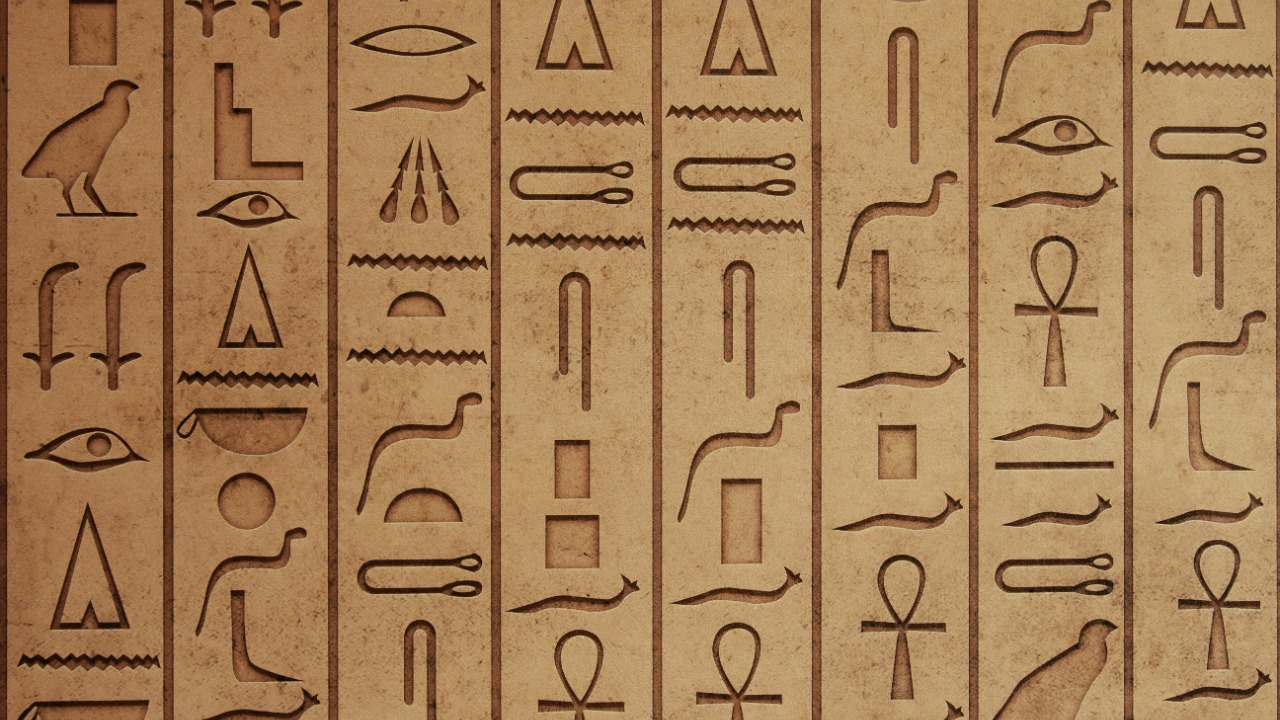
Throughout history, human beings have communicated through a myriad of written forms, yet some ancient texts remain a mystery. These undecoded scripts tantalize linguists, historians, and curious minds alike, each one holding potential insights into the cultures that created them. Here’s a look at seven enigmatic texts that continue to confound experts.
The Voynich Manuscript
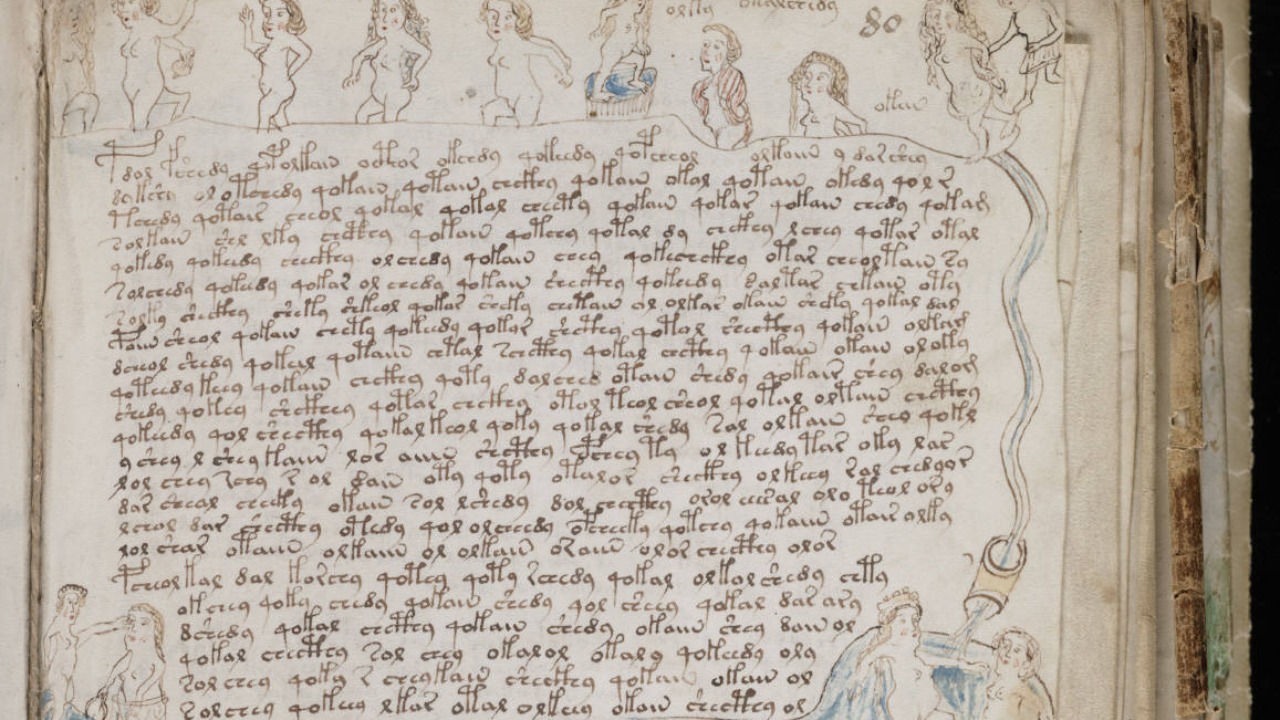
The Voynich Manuscript is perhaps the most famous undeciphered manuscript in the world. Discovered in the 15th century, this mysterious text is filled with strange illustrations and an unknown script that has baffled cryptographers and linguists for centuries. Attempts to translate the Voynich Manuscript have yet to yield any definitive results, leaving its purpose and origin a subject of speculation.
Some theories suggest it might be a pharmacological guide, while others believe it to be an elaborate hoax. Despite recent advances in computational analysis, the true meaning of the Voynich Manuscript remains elusive, continuing to intrigue scholars and amateur code-breakers alike.
The Rohonc Codex
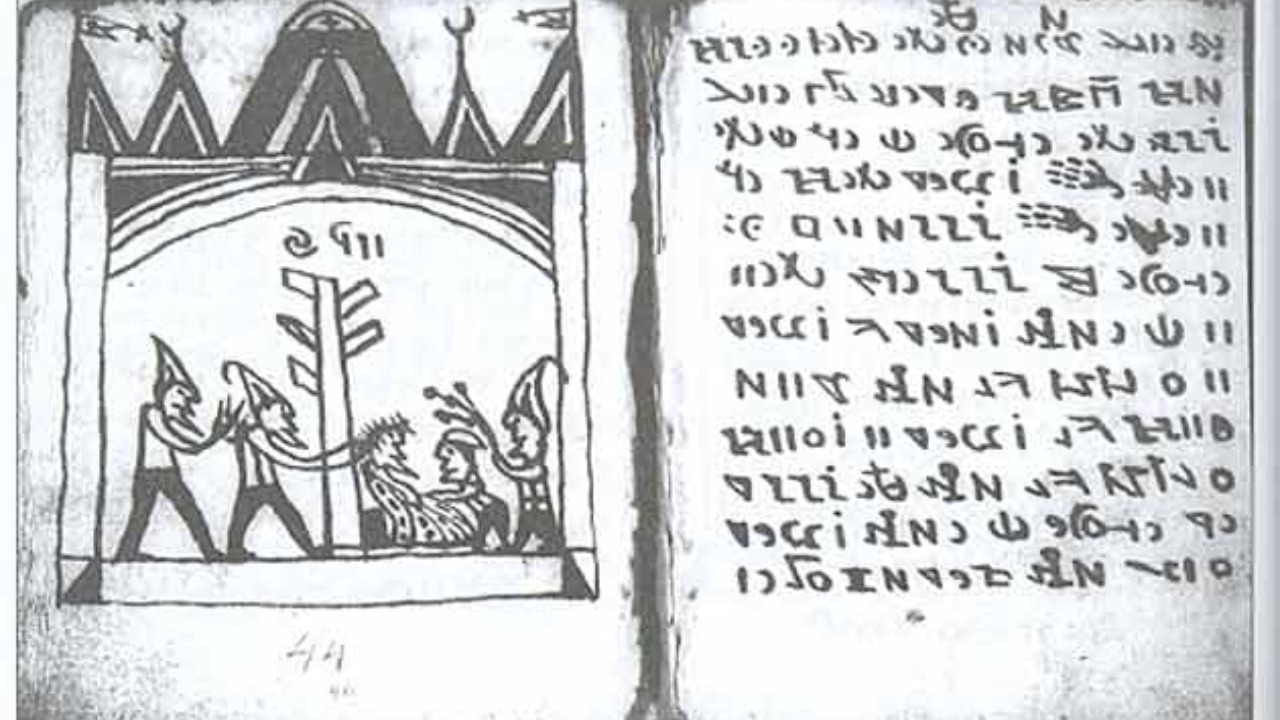
The Rohonc Codex is another enigmatic manuscript written in an unknown language and script. Discovered in Hungary, its pages contain over 200 illustrations, including religious and secular scenes. Unlike the Voynich Manuscript, the Rohonc Codex’s origin is even less clear, with no definitive evidence pointing to its time of creation.
Numerous attempts to decode this mysterious text have been made, with some claiming it to be a religious text, while others suggest a fabricated document. The lack of any known language structure within the text adds to the challenge of deciphering its content.
The Phaistos Disc
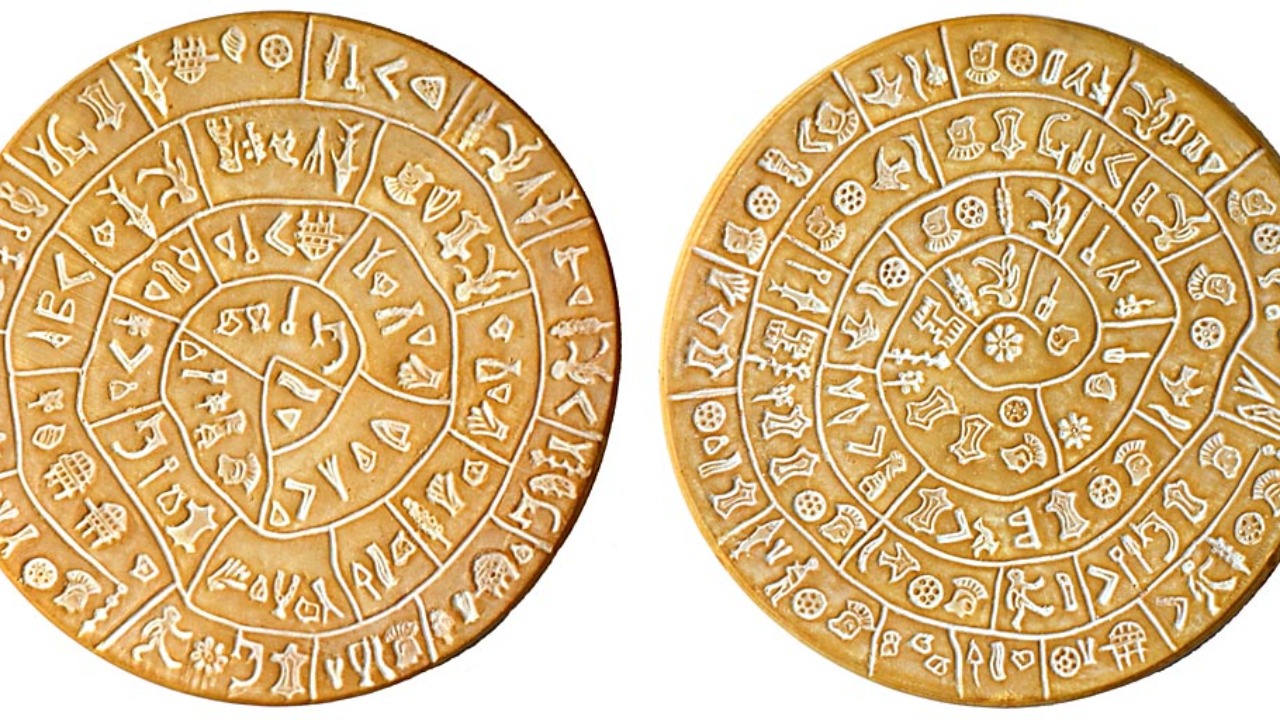
Unearthed in 1908 in Crete, the Phaistos Disc is a fired clay disc dating back to the second millennium BC. It contains a spiral of stamped symbols, making it one of the earliest examples of printed text. The disc’s symbols are unique and have not been found in any other known script, adding to its mystery.
Despite numerous efforts to decode the Phaistos Disc, no consensus has been reached on its meaning or purpose. Theories range from it being a religious artifact to a game board. Its undeciphered nature continues to spark debates and interest among archaeologists and linguists.
The Liber Linteus
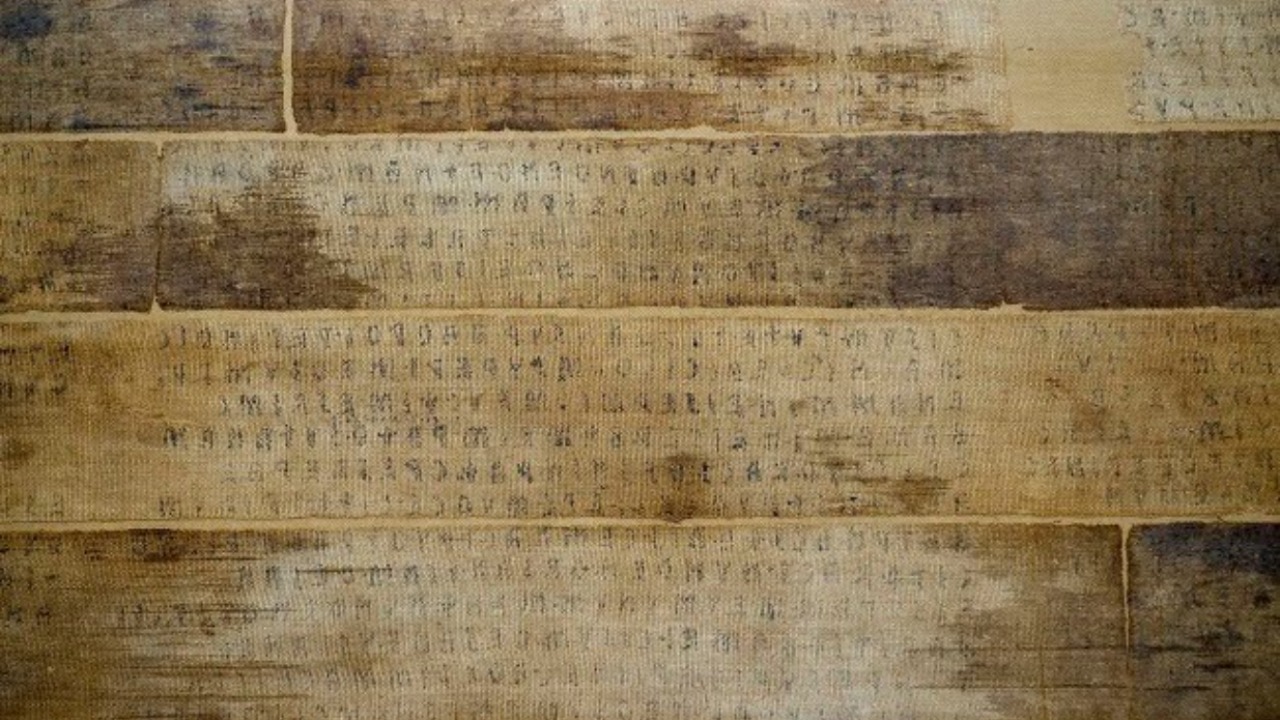
The Liber Linteus is the longest Etruscan text known to exist, yet its content remains largely untranslated. Uniquely, it was discovered in the wrappings of an Egyptian mummy, preserved in the Zagreb Archaeological Museum. The text is written on linen and is believed to be a ritual calendar or religious text.
Etruscan language is only partially understood, which complicates efforts to fully translate the Liber Linteus. However, this text offers a rare glimpse into Etruscan culture and its religious practices, making it a valuable artifact even in its undecoded state.
The Singapore Stone

The Singapore Stone is a fragment of a larger sandstone slab that once stood at the mouth of the Singapore River. Inscribed with an undeciphered script, the stone was blown up by British engineers in 1843 to clear the passage. Only a small piece of the original stone is preserved in the National Museum of Singapore.
The script’s origins and significance remain unknown, with speculation that it could be an ancient form of the Malay language or a completely different language. The mystery of the Singapore Stone continues to be a point of intrigue for historians and archaeologists.
The Rongo-Rongo Tablets
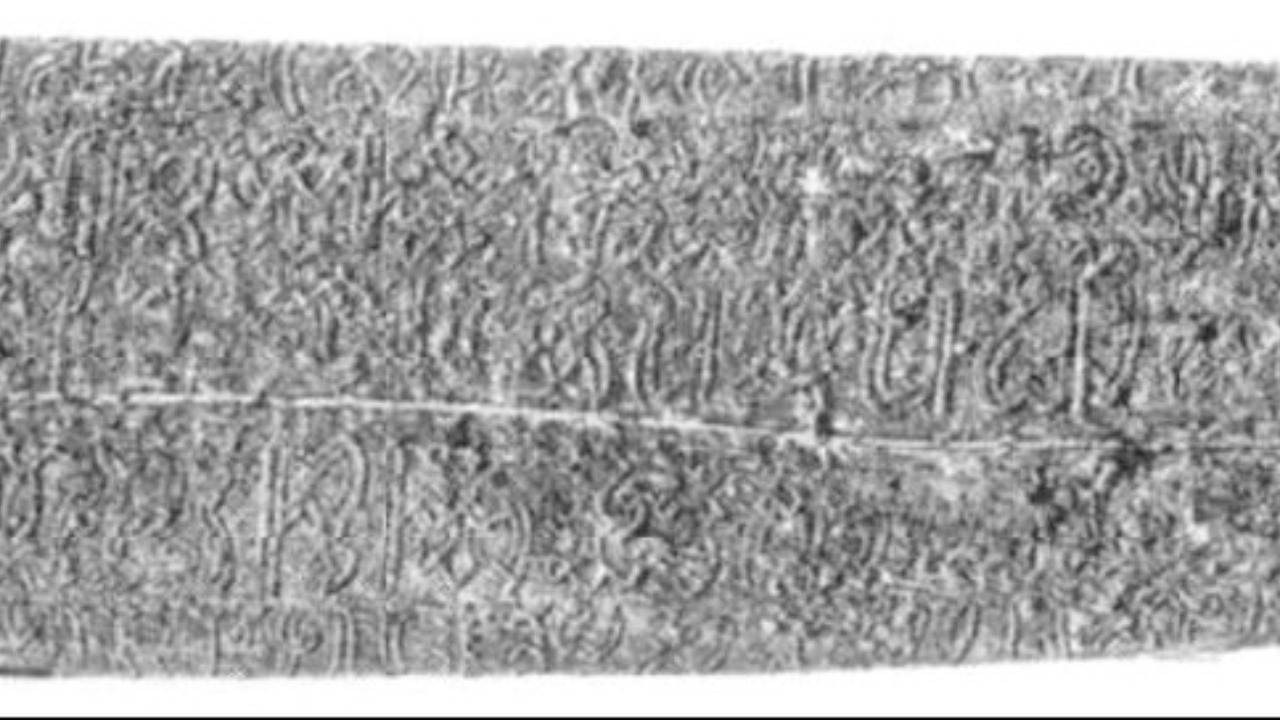
The Rongo-Rongo tablets of Easter Island are shrouded in mystery. These wooden tablets are covered in glyphs that have yet to be convincingly deciphered. The script, unique to the island, suggests a potential system of writing that predates European contact.
Despite numerous attempts to decode the tablets, their meaning remains elusive. Some researchers believe the glyphs may hold records of historical events or genealogies, while others see them as primarily symbolic. The Rongo-Rongo tablets continue to captivate those interested in the lost civilizations of the Pacific.
The Indus Valley Script
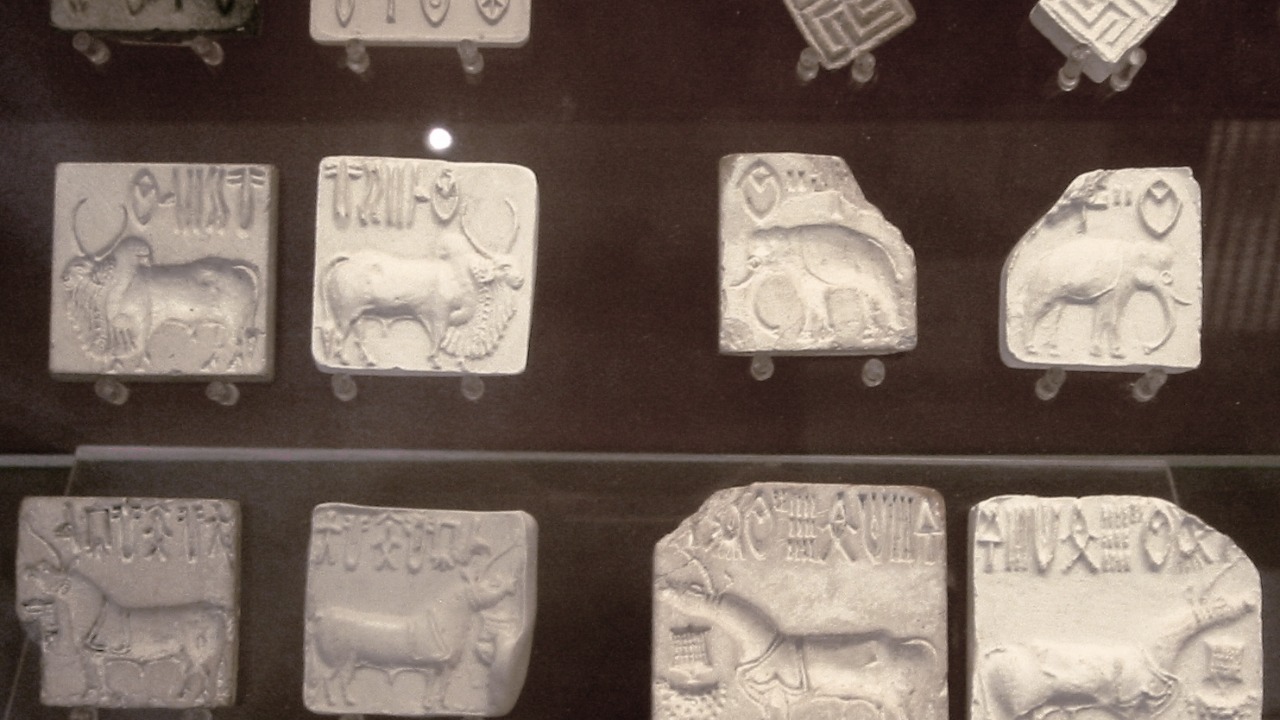
The Indus Valley civilization, one of the world’s earliest urban cultures, left behind a script that remains undeciphered. Found on numerous seals and tablets, the script consists of brief inscriptions that have puzzled linguists for decades.
Despite extensive archaeological research, the lack of a bilingual text has hindered efforts to translate the Indus Valley Script. Some hypothesize it represents a proto-writing system, while others suggest it was a full-fledged language. The quest to decode this ancient script continues, offering the potential to unlock new insights into this enigmatic civilization.